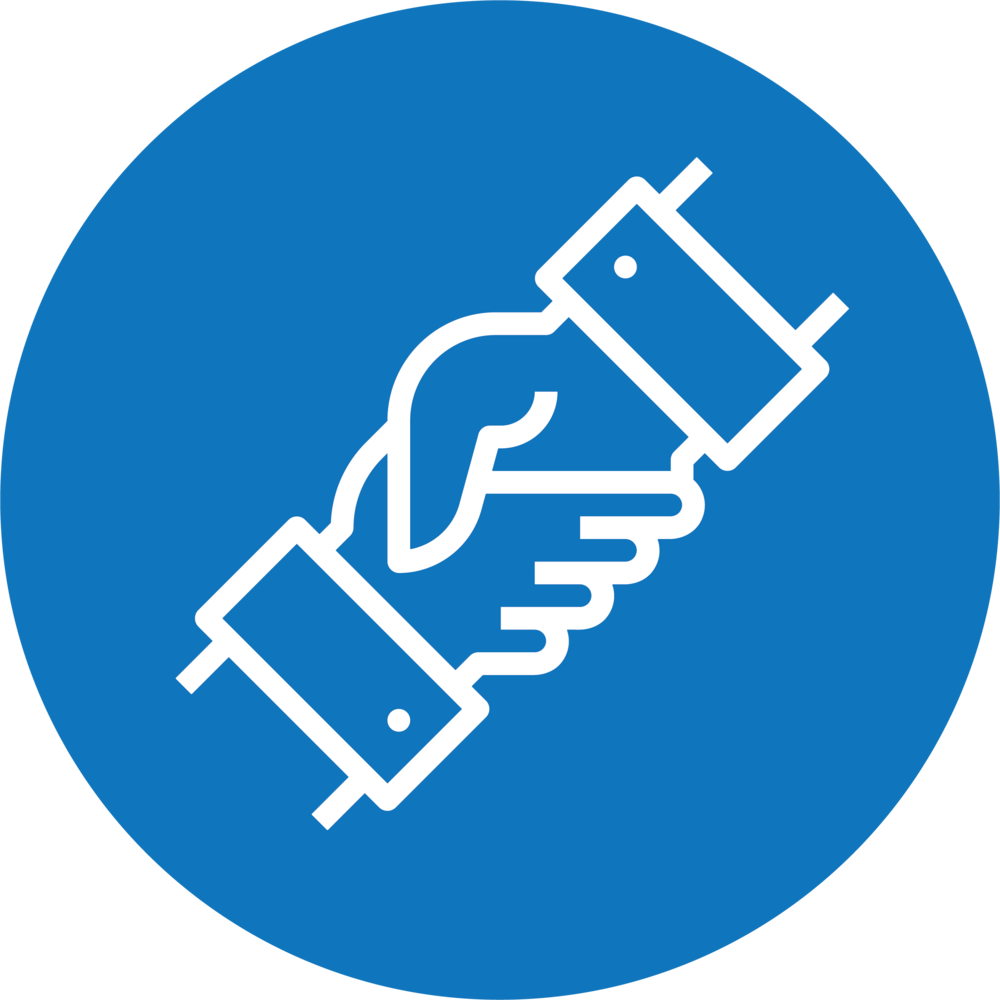UI/UX Design for Mobile Apps vs. Web: Compare and Contrast the Design Considerations and Best Practices
The design of websites and mobile apps presents different difficulties and objectives. This article provides a comparison of both design options and offers the best practices.

In digital design, designing for websites and mobile applications is significantly different. It goes beyond the technical aspects of this. It also involves creating the user interface and visual design of websites and apps.
Both seek to provide users with a seamless and engaging experience. People use computers and mobile devices differently, and because of this, they approach this in different ways.
Key Differences
To start, designers create websites and mobile apps for many types of devices. Mobile apps, designed for smartphones and tablets, offer a more direct and intimate method of doing particular tasks.
They use the device's built-in GPS and camera to make the app more interactive. Websites are accessed from a variety of platforms, including phones and laptops. They must function and appear great across all these displays.
Mobile App Design
- Touch-Friendly Design: On phones, we navigate with our fingertips, thus app designs need to be intuitive to touch and scroll through, even with one hand.
- Limited Space: Phone screens are smaller, so applications must communicate a lot without being busy. To achieve this, we use menus and icons that can be hidden or shown to reveal more options as needed.
- Apps must load and not waste the battery: To achieve this, animations and data usage must be kept to a minimum.
- Follow Device Guidelines: By adhering to the design guidelines established by those platforms, apps—whether they are on an Android or iPhone—should feel like an integral part of the device they are on.
Website Design
- Works on All Devices: Websites must function fluidly on all screen sizes. They should work well on small phone screens and large computer monitors.
- Browser Differences: Website designers need to ensure that their work looks good in all web browsers, including outdated ones.
- Easy to Navigate: Websites need unambiguous menus and organizational structures to enable users to locate content more than apps.
- Accessible and Search-Friendly: Websites should be easy for everyone to navigate, including people with impairments. Search engines should be able to quickly interpret the code.
Best Practices for Both
Some essential design concepts are relevant to both websites and mobile apps. This is true despite their variations.
- User-First Design: Always keep the demands of the user in mind, and test the design often on actual users.
- Consistency: To create a cohesive vibe for your app or website, use the same fonts, colors, and layout techniques.
- Keep it simple: A clear, simple design makes the experience easier for users to comprehend and more enjoyable.
- Interactive Feedback: To keep consumers interested, respond to their activities right away.
- Efficient Navigation: Both mobile apps and websites should have intuitive and straightforward navigation paths. This allows users to find what they're looking for with minimal taps or clicks. This means organizing content logically. It also means using familiar icons and providing clear, consistent cues. These cues guide users through each step of their interaction.
- Adaptability and Scalability: We create websites and mobile apps that adapt to new technologies, user demands, and content changes. We also keep an eye on the future. This is designing adaptable structures and layouts. They can take on new features or modifications without degrading the user experience as a whole or necessitating a total redesign.
- Personalization and User Engagement: Incorporating features that personalize the user experience based on individual preferences, behaviors, and location. This strategy enhances user engagement by delivering content, recommendations, and functionalities tailored to each user's needs and interests, thereby fostering a deeper connection between the user and the digital platform.
Conclusion
The design of websites and mobile apps presents different difficulties and objectives. Making the most of the mobile experience with simple touch controls and utilizing the phone's characteristics to improve the app is the main goal of mobile app design.
In the meantime, website design needs to be accessible and user-friendly on all kinds of devices and browsers. Recognizing these distinctions is only the first step. The next step is to create pleasurable, simple-to-use experiences. As technology changes, designers and developers need to keep learning and adapting.
For more tips on creating great digital experiences, check out www.woocasino.com/en-AU.






